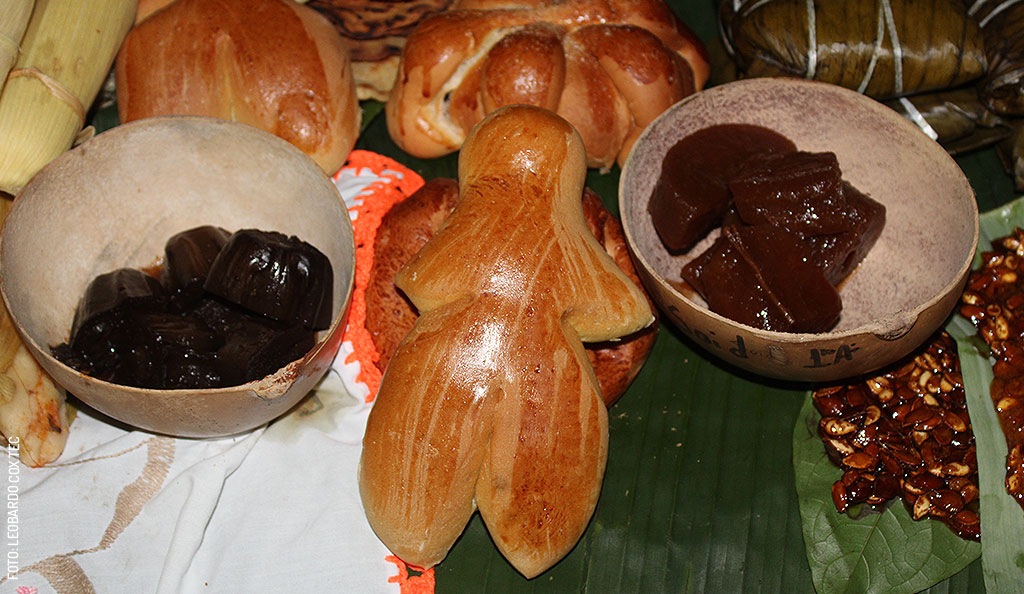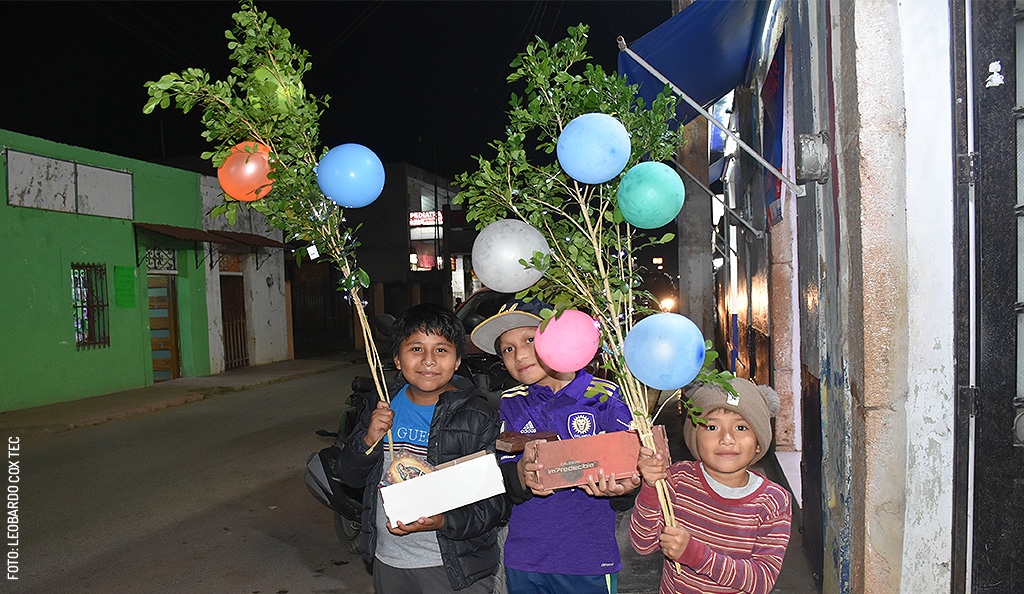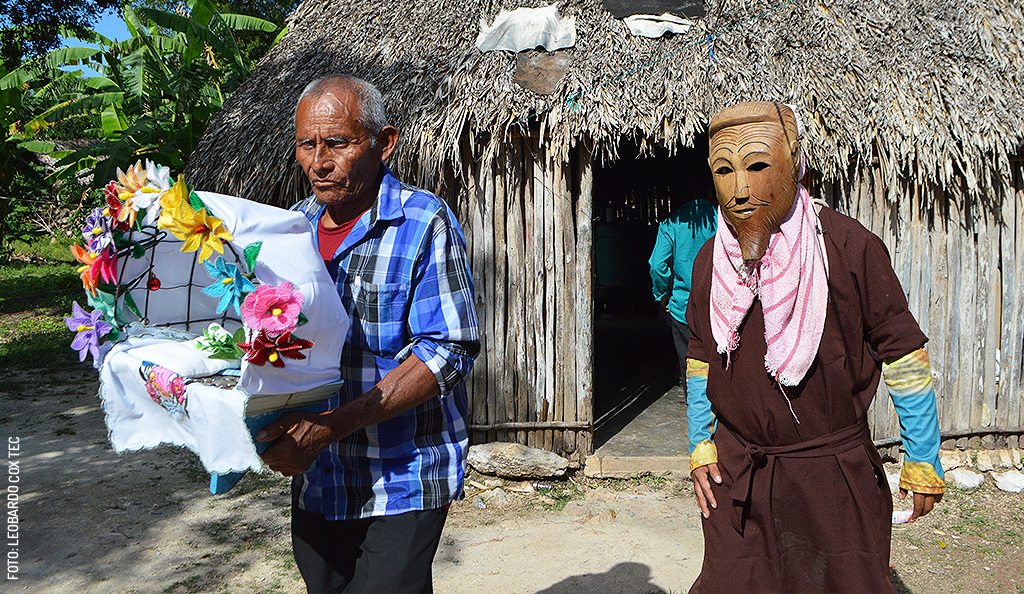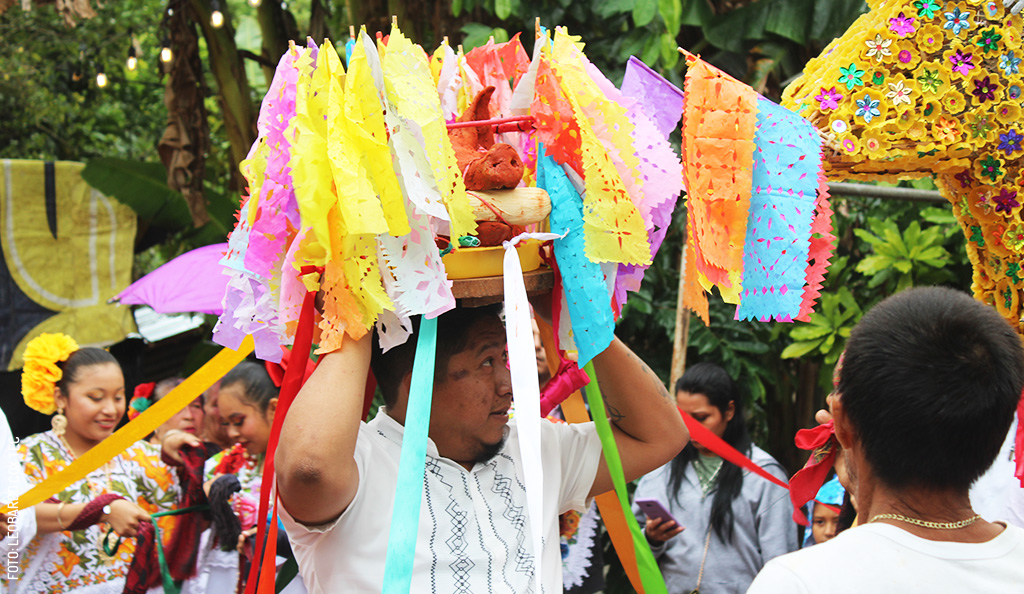
Yucatecan Pan de Finados: Flavor, History, and Resilience

One of the main offerings that fill the altars of Finados—the name for the Day of the Dead commemoration in Yucatán's Maya towns—is pan dulce, what Mexicans call pastries. Recently, the classic pan de muerto from Central México has gained popularity among Yucatecans, and the traditional local breads are slowly falling into oblivion.
This is largely due to the marketing efforts of major supermarkets and bakeries in Mérida, which seek to standardize Day of the Dead culinary customs to increase sales. They've made the classic pan de muerto more appealing by offering it with new fillings like jam, Edam cheese, hazelnut cream, and various other candies.
A history born in convents

Traditional Yucatecan baking has a rich history that dates back to the colonial era. The Spanish introduced wheat to the region, but due to the climate and soil, it didn't adapt well. Corn continued to play the leading role. However, Franciscan friars taught locals how to bake with wheat flour, as they consumed it in convents and among the Spanish populations in the cities. These friars promoted praying for deceased relatives, which undoubtedly influenced how food was offered to the dead.
The Conceptionist nuns of Mérida were also known for their baking skills and created breads like the bizcotela—a local variation of biscotti—which became very popular among city dwellers. By the 18th century, wheat bread began to be produced outside of convents, giving rise to Mérida's first commercial bakeries.
The tradition of pan de Finados
Over time, this craft spread to the Maya towns, and Yucatecan baking diversified. The Yucatecan pan de Finados was very popular in the last century in communities far from the city and in working-class neighborhoods. It was considered a delicacy, and during the Finados season, families with enough resources would share it after praying for their deceased. As time went on, it also became a centerpiece for altars.
In Yaxcabá, for example, I remember people used to hang the pieces of bread—which were shaped like dolls—from limonaria (orange jasmine) arches to keep ants from getting to them so easily. I also remember my grandparents would hang a few pieces at the entrance of their palm-roofed homes to offer to the "ánimas solas" (lonely souls), which are those who did not receive offerings and have been forgotten.
Shapes and flavor of Yucatecan pan de Finados: A traditional delicacy
Pan de Finados has a characteristic anise flavor, which makes it ideal for pairing with táan chukwa’ or homemade spiced chocolate, traditionally prepared to welcome the faithful departed. This bread can also be made with cinnamon, allspice, and panela (brown sugar cone) or with a flavor of lemon zest and egg yolk.
It comes in various shapes: for children's altars, bakers would create little rattles called xt’uches, but they also make shapes of people (máak waaj), iguanas (juuj waaj), birds (ch’íich’ waaj), dogs, lambs, squashes, braids, swans, or turtles. Colloquially, pan de Finados is also called "xtuchitos."
Today, there are few towns where it is still made, but you can try it in Hocabá and Yaxcabá, two municipalities in the interior of the state. It's important to talk about this element of great importance on the altars we dedicate to our visiting ancestors. As my esteemed teacher Yuri de Gortari used to say: “Pan de muerto gives us identity and spirit; it is celebrating life through death.”
First published in Yucatán Today print and digital magazine no. 454, in October 2025.

Author: Leobardo Cox Tec
A cultural manager, gastronome, photographer, and writer from Yaxcabá. Through his work, he specializes in promoting the cultural and natural heritage of the state of Yucatán, sharing the stories of its towns and their traditions.
In love with Yucatán? Get the best of Yucatán Today in your email.
Don't miss our best articles and the monthly digital edition before anyone else.
Related articles

La Rama or Ramada: The Christmas Carol That Travels Yucatán
The Yucatan Rama: A Christmas tradition from southeast Mexico. Children sing carols with their decorated altar for a gift (aguinaldo). Learn its...
The Dance of the Elders (Danza de Señores): Satire and Faith in...
Dance of the Lords in Chikindzonot: Maya tradition and hidden satire. Celebrate the start of the year with dance, the Devil, and the ritual offering...






